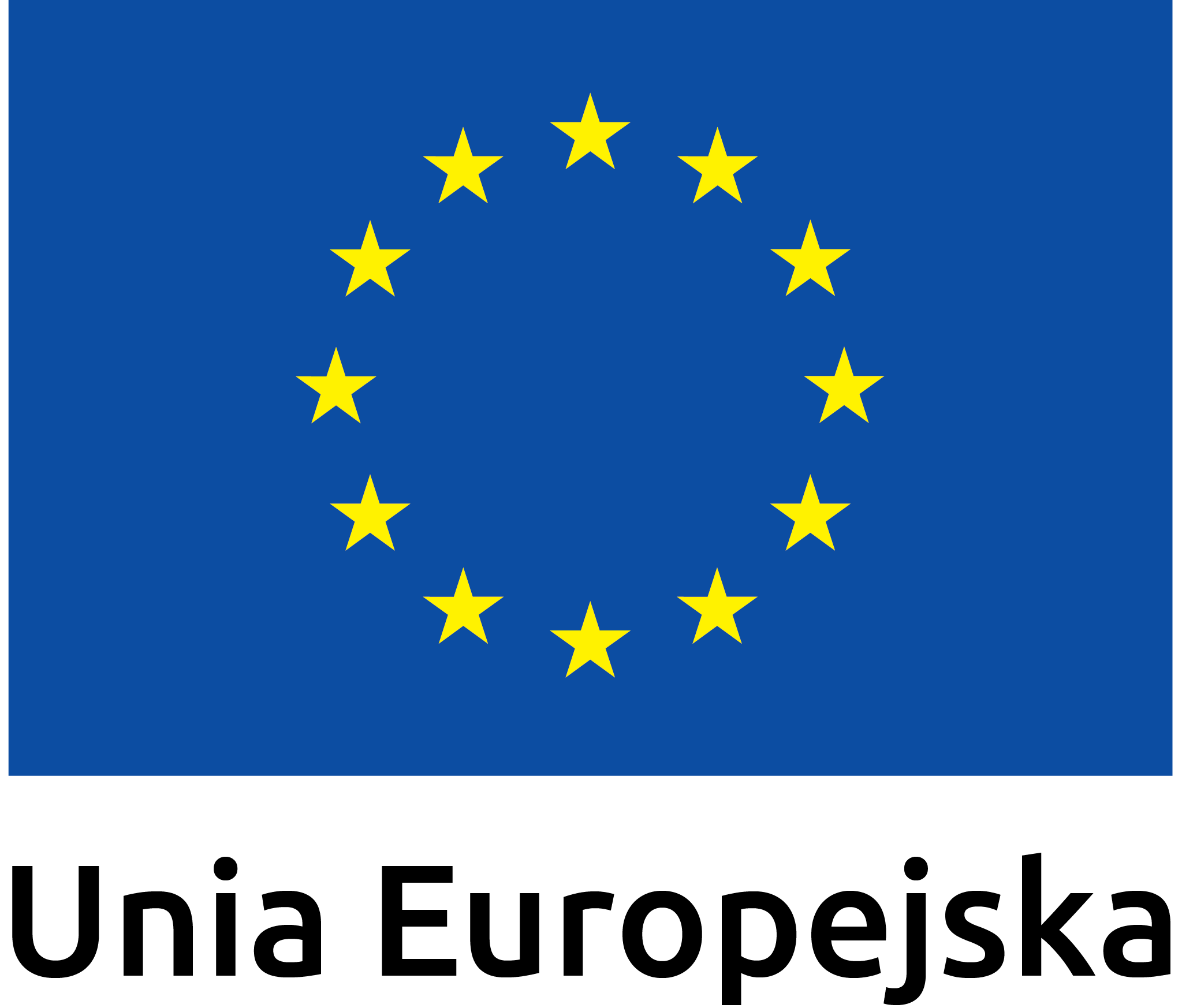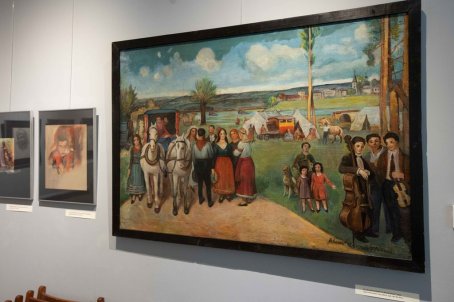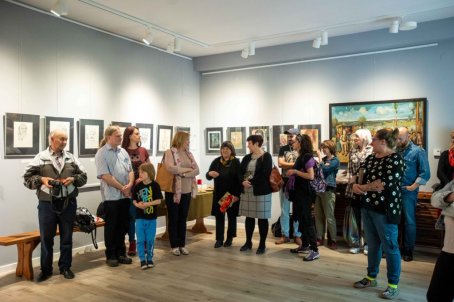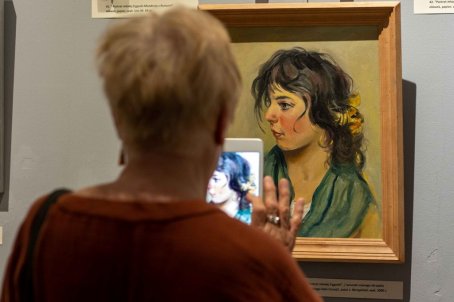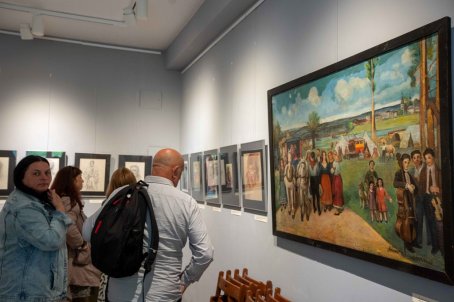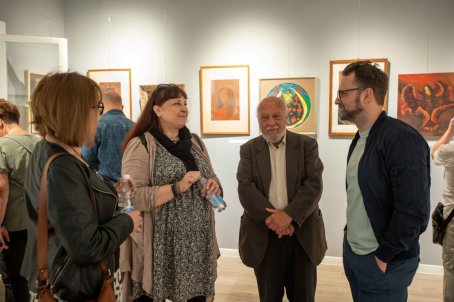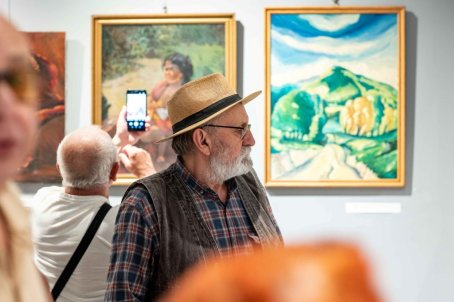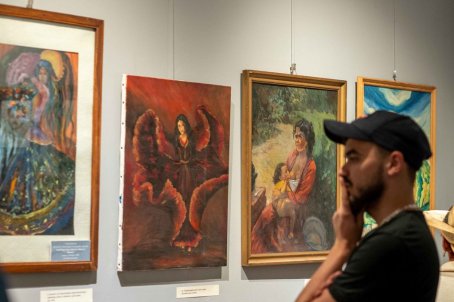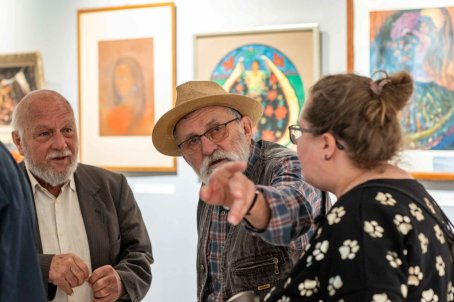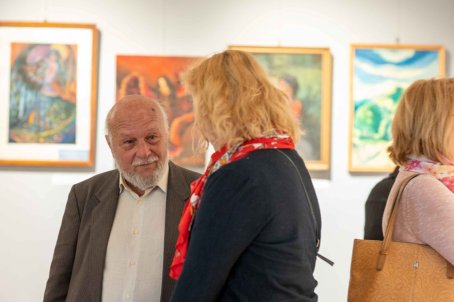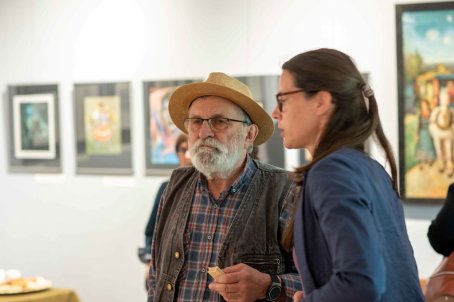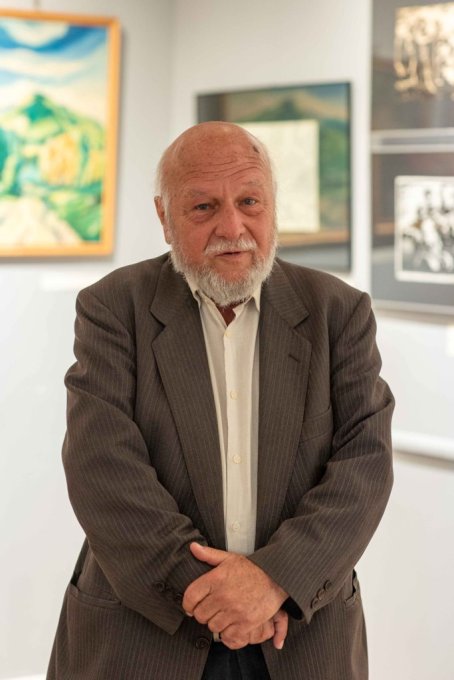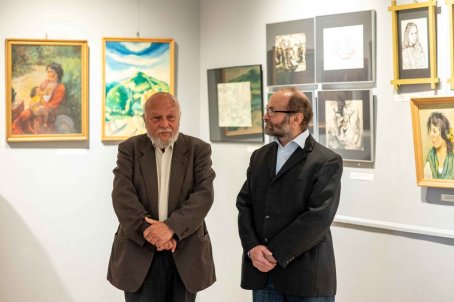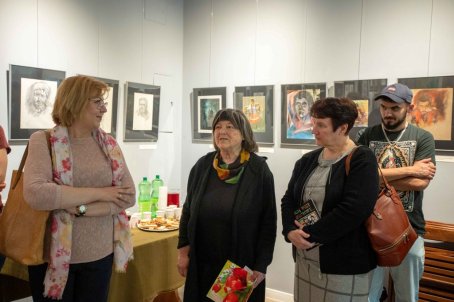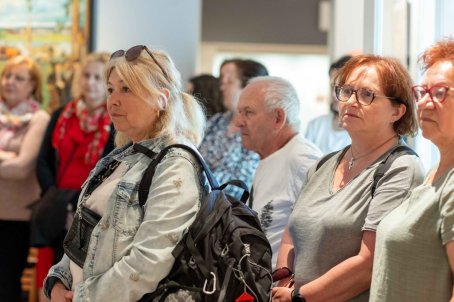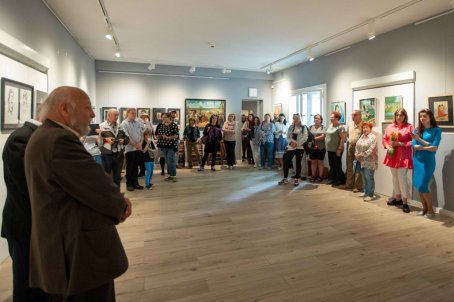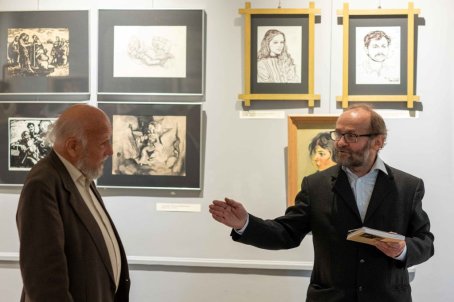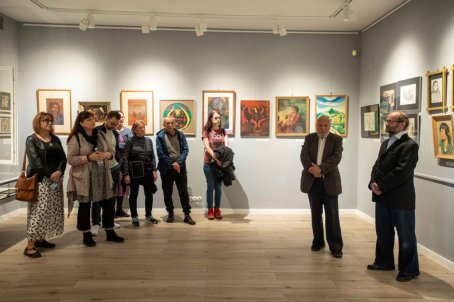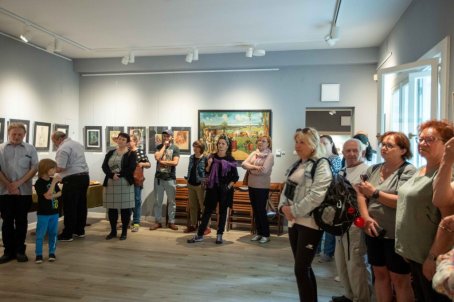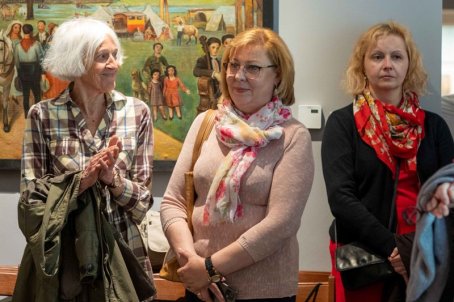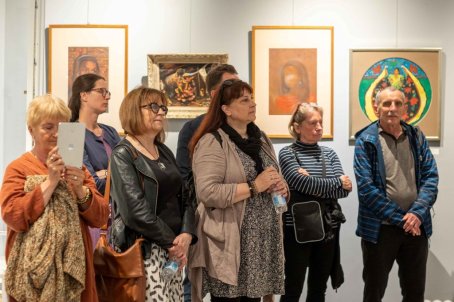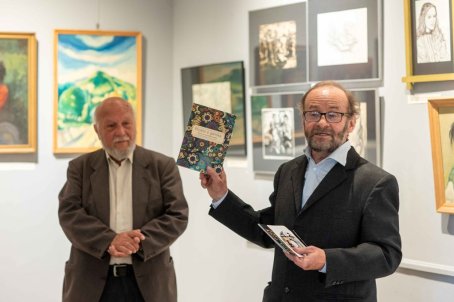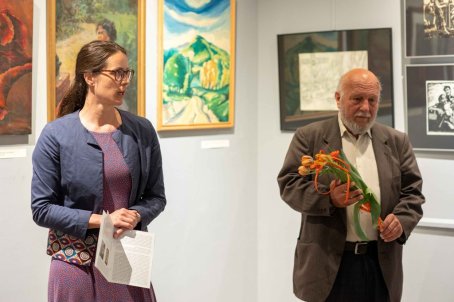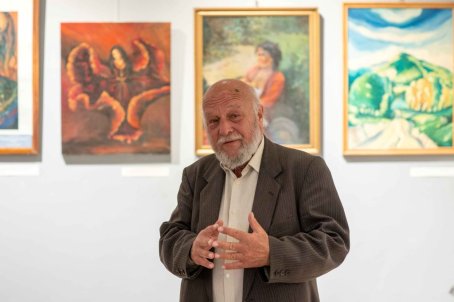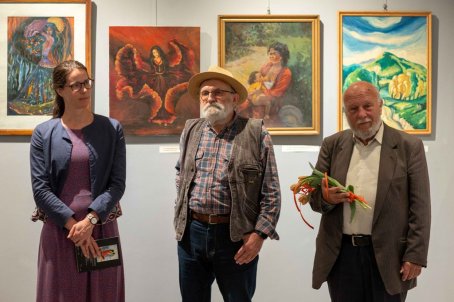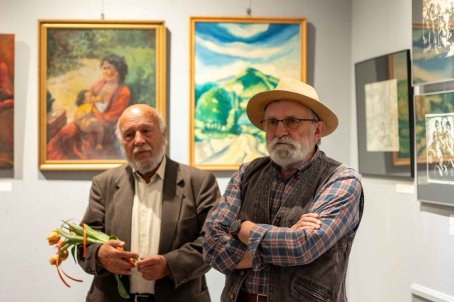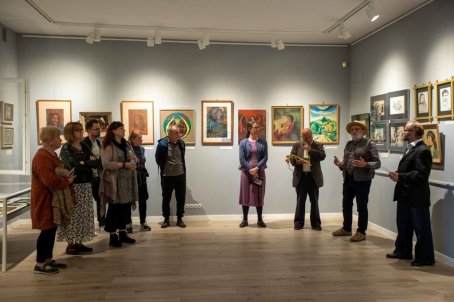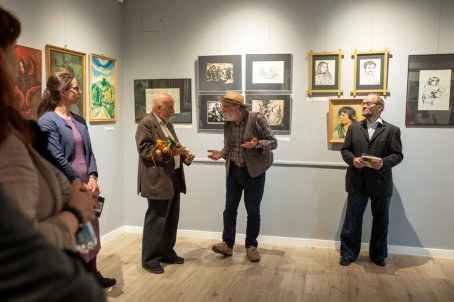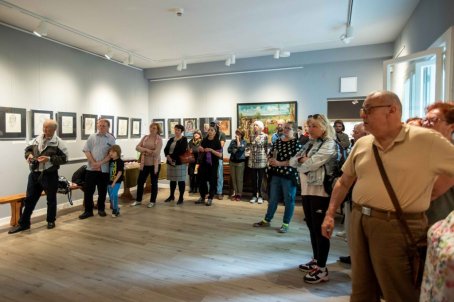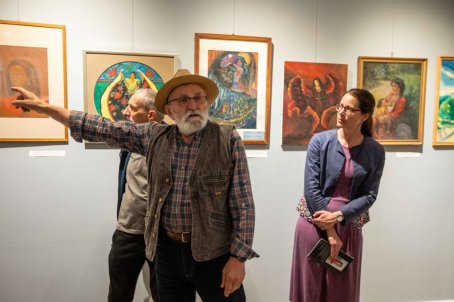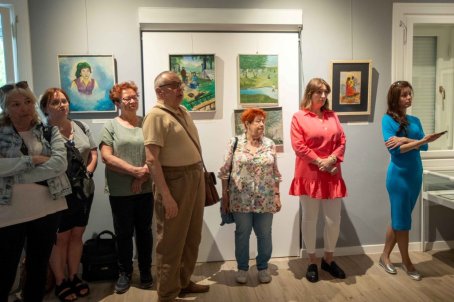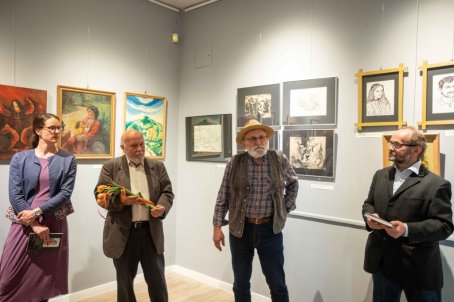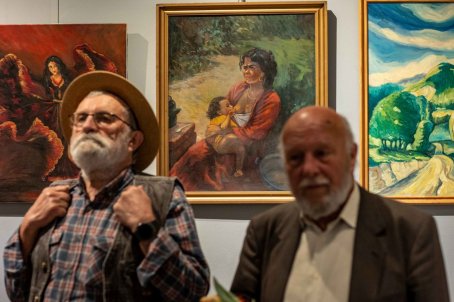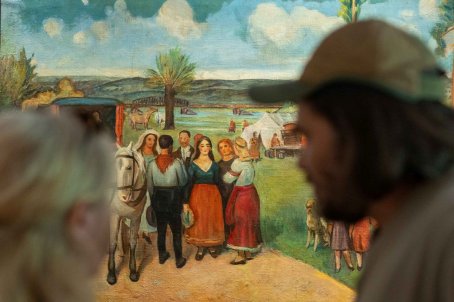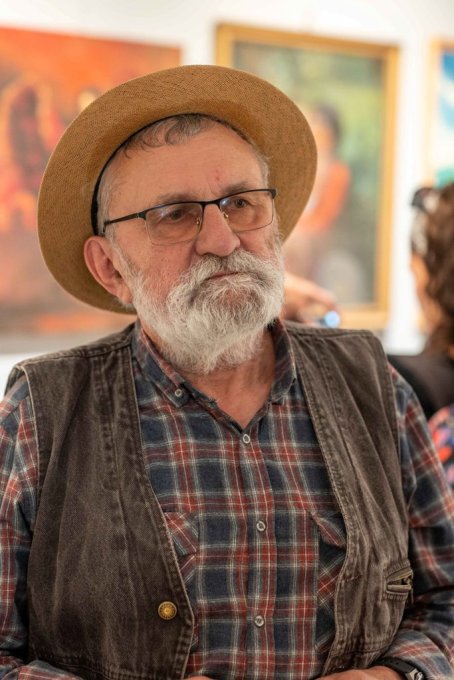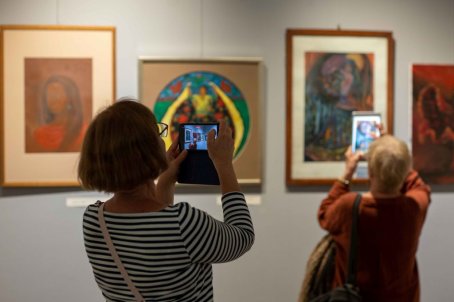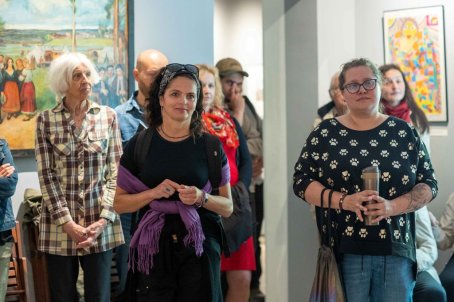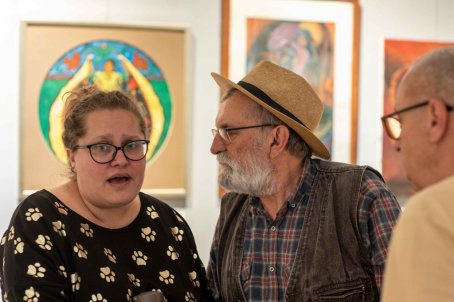Exhibition
Colorful carts are going. Caravan in the memory and artistic creation of Gypsies/Roma
We invite you to an extraordinary exhibition consisting of exhibits collected by Paweł Lechowski, an ethnographer who has been interested in Roma culture continuously since the 1960s. Thanks to his collection, we will get to know the Roma from the camps and those who know hiking only from the stories of the older generation.
Opening
26 maja 2023
godz. 12.00
Muzeum Nikifora
Krynica-Zdrój
Bulwary Dietla 19
Kurator wystawy: Zbigniew Wolanin
Konsultacja naukowa: Paweł Lechowski
Wystawa czynna do 27 sierpnia 2023 r.
godz. 12.00
Muzeum Nikifora
Krynica-Zdrój
Bulwary Dietla 19
Kurator wystawy: Zbigniew Wolanin
Konsultacja naukowa: Paweł Lechowski
Wystawa czynna do 27 sierpnia 2023 r.
Paweł Lechowski is an ethnographer by education, in the past an expert and advisor on Roma issues at the Department of Religious Denominations and National and Ethnic Minorities at the Ministry of Interior and Administration. It participates in educational and integration programs and is involved in the activities of various organizations promoting the culture of this ethnic minority. He participates in conferences, and his opinions have been quoted in the reports of the European Rome Rights Center. He has been constantly interested in Roma culture since the 1960s. At the turn of the 80s and 90s as
an employee of the Ethnographic Museum in Tarnów participated in the organization of the permanent Roma exhibition and the acquisition of objects for it. A few years later, no longer an employee of the museum, he began to realize the idea of creating his own collection. A favorable circumstance was the migration of Romanian Roma to Poland. At that time, he made contact with them, and the development of the collection was an additional effect of the help he gave them. He organized medical care, legal assistance, looked for places where they could stay, especially during winter frosts, translated important matters from/into Romani. In the years 1994-2000, a multi-generational Romanian Roma family lived in his apartment and over 20 people visited him periodically. Among his friends, Lechowski was jokingly called the "Romanian consul", and the acquaintance with the Roma developed into friendship.
an employee of the Ethnographic Museum in Tarnów participated in the organization of the permanent Roma exhibition and the acquisition of objects for it. A few years later, no longer an employee of the museum, he began to realize the idea of creating his own collection. A favorable circumstance was the migration of Romanian Roma to Poland. At that time, he made contact with them, and the development of the collection was an additional effect of the help he gave them. He organized medical care, legal assistance, looked for places where they could stay, especially during winter frosts, translated important matters from/into Romani. In the years 1994-2000, a multi-generational Romanian Roma family lived in his apartment and over 20 people visited him periodically. Among his friends, Lechowski was jokingly called the "Romanian consul", and the acquaintance with the Roma developed into friendship.
In laudation for the Polcul Foundation prize awarded to him in 2002, Joanna Dunikowska described the merits of the laureate in these words: “… thanks to these contacts, he began to use the Romani language, which he had known only passively so far. The Roma people turned to him with their problems and he felt that they increasingly counted on his help […]. News of a reptile selflessly helping
Gypsies spread quickly. Paweł Lechowski's interest in a different culture, which turned into a passion, gave rise to one of the largest private collections of Gypsies in Poland. It is a special collection due to its number and variety. An important stimulus in Lechowski's decision to collect in 1990 was the found icon depicting the Mother of God, which he still treats as a talisman. While trying to obtain a gypsy wagon for the museum collections, he ended up in an abandoned encampment in Prokocim, on the then outskirts of Krakow. In his notes he wrote: “In one of the wagons I found a small abandoned icon, as it turned out later, painted by one of the juvenile inhabitants of the encampment. An icon, currently with the inventory number PL-1, before it turned out to be the nucleus of all the collections
of the most diverse exhibits and archival materials, in the first stage it was an inspiration to track down all manifestations of artistic creativity among the Roma. Creativity, which, according to the beliefs of the Gypsy/Romanologists of the time, did not exist. Lechowski searched for the author of the icon for a long time, but to no avail. However, the premises obtained on this occasion clearly prove that it was made in the Roma environment, so it is a manifestation of their artistic creativ
Gypsies spread quickly. Paweł Lechowski's interest in a different culture, which turned into a passion, gave rise to one of the largest private collections of Gypsies in Poland. It is a special collection due to its number and variety. An important stimulus in Lechowski's decision to collect in 1990 was the found icon depicting the Mother of God, which he still treats as a talisman. While trying to obtain a gypsy wagon for the museum collections, he ended up in an abandoned encampment in Prokocim, on the then outskirts of Krakow. In his notes he wrote: “In one of the wagons I found a small abandoned icon, as it turned out later, painted by one of the juvenile inhabitants of the encampment. An icon, currently with the inventory number PL-1, before it turned out to be the nucleus of all the collections
of the most diverse exhibits and archival materials, in the first stage it was an inspiration to track down all manifestations of artistic creativity among the Roma. Creativity, which, according to the beliefs of the Gypsy/Romanologists of the time, did not exist. Lechowski searched for the author of the icon for a long time, but to no avail. However, the premises obtained on this occasion clearly prove that it was made in the Roma environment, so it is a manifestation of their artistic creativ
Currently, the collection includes about 400 inventoried items made or used by the Roma. They form thematic groups: Roma fine arts (oil painting, pastels, drawings, graphics, sculpture), Gypsy crafts (cotsmith, blacksmith, foundry, basketry products) and products used by Roma; musical instruments, decorative elements for the car, clothing and jewelry, as well as objects testifying to the presence of the Roma as an inspiration in the culture of the majority community. It is plastic art, postcards, sheet music and songbooks referring to the motifs of Gypsy music, ceramic figurines, dolls and product packaging (food products, cigarette boxes, beverage bottles). The collection also includes sound recordings: music recorded on cassettes and vinyl records, fairy tales based on Gypsy motifs, films about Roma, radio and television broadcasts. The collection is complemented by archives in the form of several official documents, numerous photographs, postcards, and rich professional literature from Poland and abroad, also in the Romani lan
In addition, the collection includes posters informing about various meetings concerning Roma culture: lectures, lectures, events and performances with the participation of Roma bands, as well as posters announcing films that contain Roma themes. Lechowski emphasizes that “All these collected items do not and will never form a finite, closed whole, a complete collection. All these collections not only can, but should be constantly enriched, supplemented and updated with new exhibits and archives. Only then, although this idea will never be fully realized, but at least you can get closer to the most complete representation, depiction, of both the world and culture of the Roma, as well as the ways of receiving and perceiving this world and culture by us - not Gypsies. The collection includes items coming not only from Poland, but also from the Balkan countries: Romania, Bulgaria, Macedonia, Albania; from the east: Russia and Ukraine; from the west: Spain and also from Slovakia. Acquiring them was often associated with traveling to the countries of southern Europe. These collections are often presented during thematic exhibitions or lectures. They also serve educational activities related to counteracting discrimination and intolerance.
Dr. Magdalena Kwiecinska
In the photos - examples of works from Paweł Lechowski's collection
Dr. Magdalena Kwiecinska
In the photos - examples of works from Paweł Lechowski's collection
Photo report from the vernissage
37 Photos
Fot. P. Droździk
